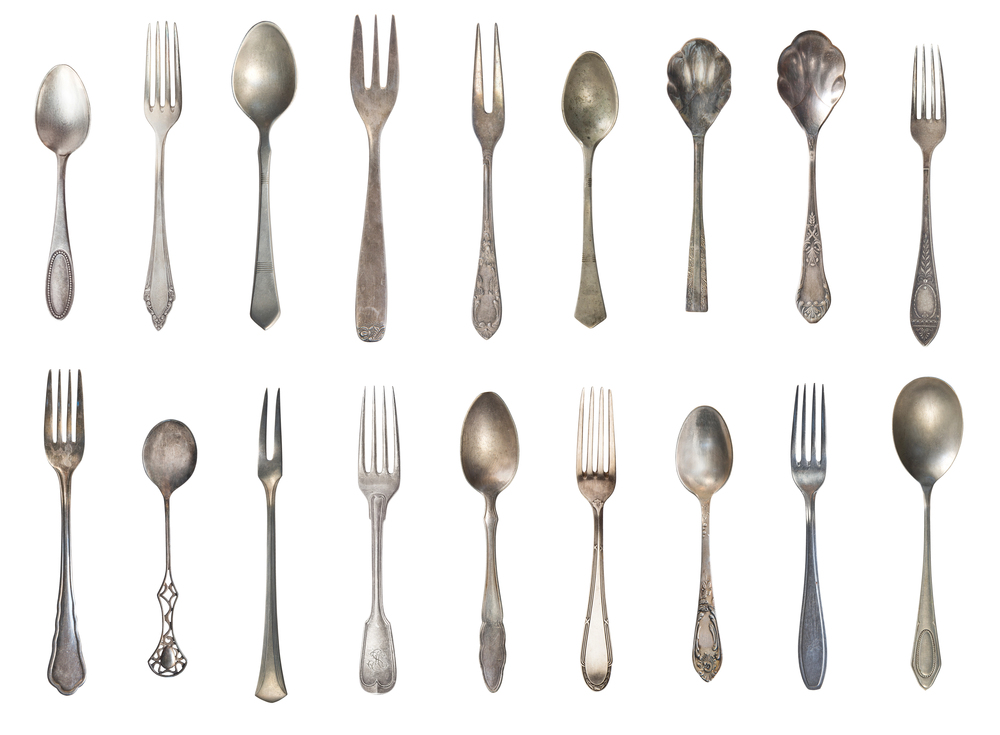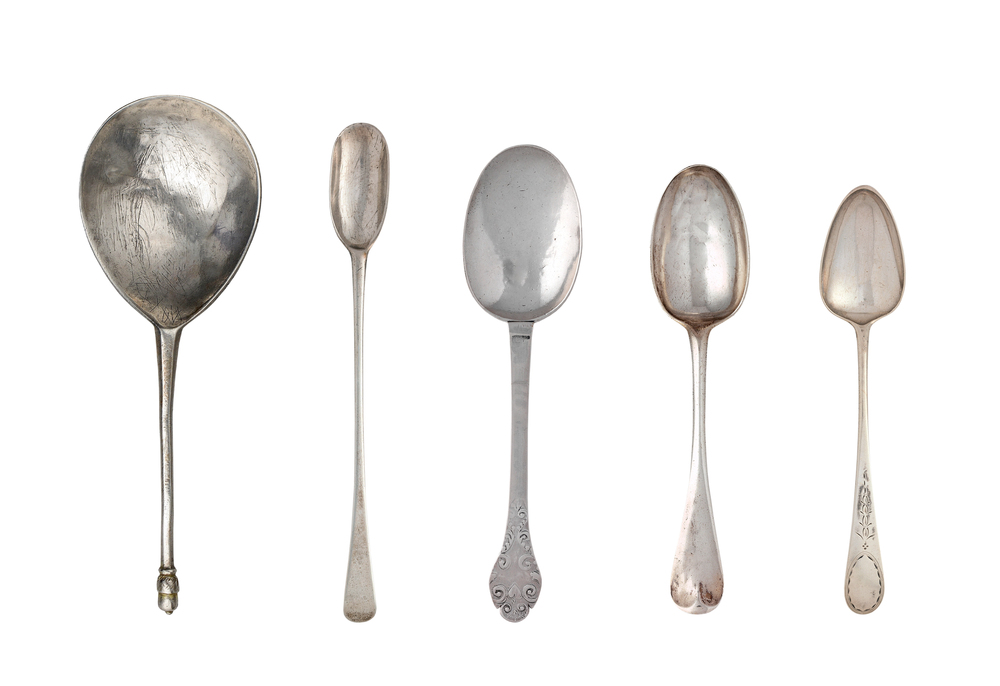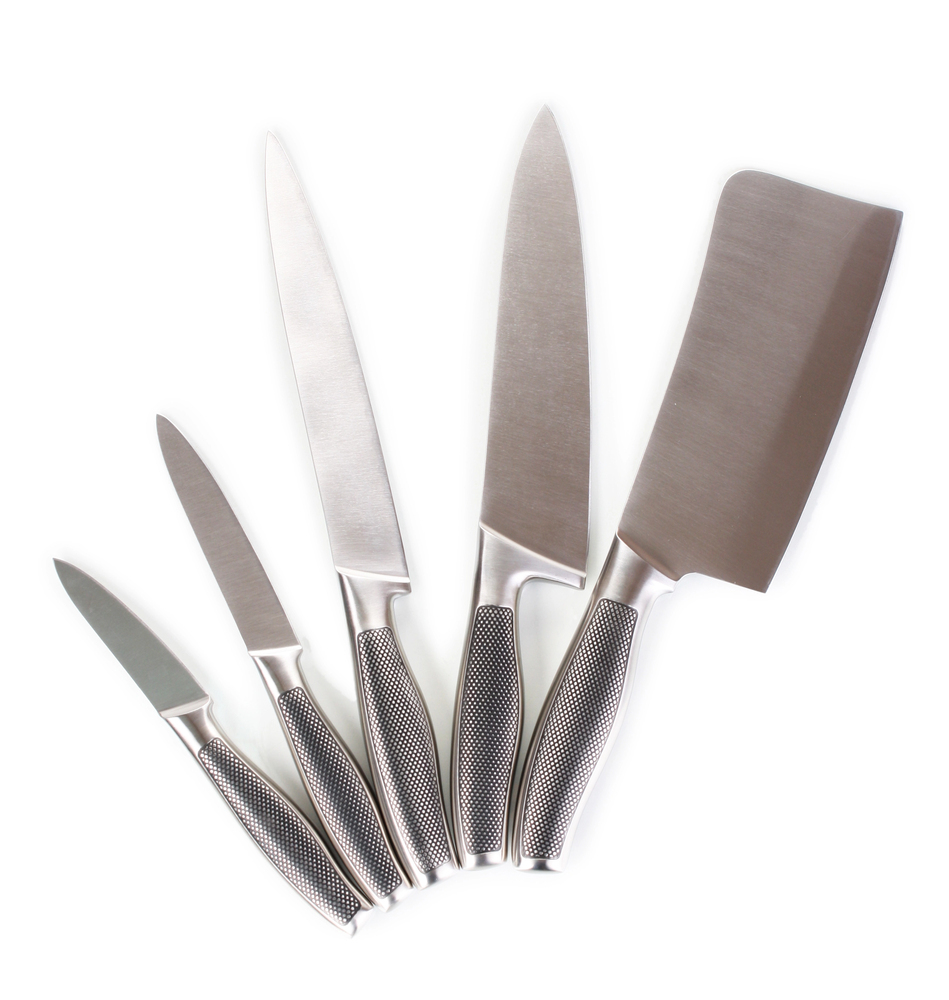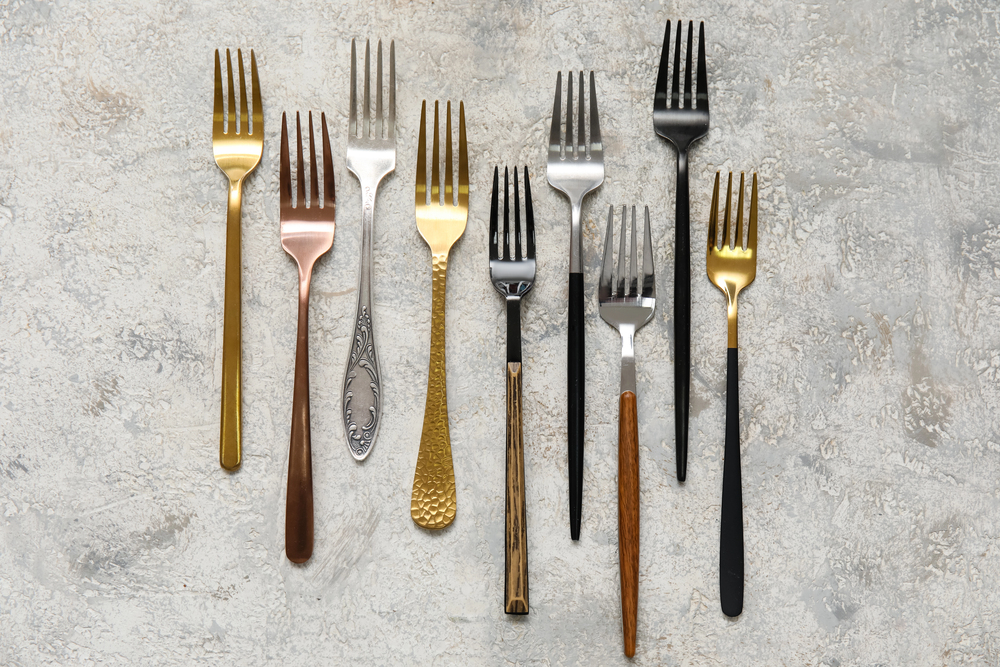The History of Flatware

Flatware is such an everyday comfort that it’s easy to forget each piece earned its place over thousands of years of trial, trade, and table manners. Take a practical look at the spoon, knife, and fork, materials from sterling to stainless, and where to find quality pieces. Each piece has its own origin story, and together they form the foundation of today’s dining traditions. Here’s a concise tour through flatware’s evolution and its fascinating journey through history, culture, and craftsmanship.
The Spoon: Humanity’s Oldest Eating Tool

The spoon is one of the oldest known utensils, dating back to prehistoric times. Early spoons were made from shells, bones, or wood, used to scoop and sip broths, porridges, and stews. As civilizations advanced, spoons were crafted from bronze, silver, and gold, symbolizing wealth and status.
Over the centuries, spoons evolved into specialized forms: teaspoons, tablespoons, soup spoons, demitasse spoons, and serving spoons, each serving a unique purpose at the table.
Browse heirloom sterling silver options and explore stainless patterns like Oneida Golden Mandolina.
The Knife: From Weapon to Dining Essential

Knives have been around since the dawn of civilization. In the Middle Ages, guests often carried their own personal knives to meals. These blades were sharp and pointed, doubling as tools for cutting and spearing food.
In the 17th century, table manners began to change. Cardinal Richelieu of France is credited with popularizing the rounded-tip table knife, promoting a more refined and safer dining experience. From there, specialized designs emerged, including dinner knives, steak knives, butter knives, and fish knives.
Find coordinated sterling silver sets and featured stainless patterns like Towle Goldplate Contessina.
The Fork: A Late but Lasting Addition

Compared to spoons and knives, the fork was a latecomer to the Western table. While versions existed in the Byzantine Empire and Middle East as early as the 4th century, forks weren’t widely used in Europe until the 16th and 17th centuries. Initially met with skepticism, the fork was seen as unnecessary or even decadent. But over time, it became prized for its cleanliness and practicality. By the 18th century, forks were essential dining tools, available in variations like the dinner fork, salad fork, dessert fork, and fish fork.
As time progressed, stainless steel democratized durable flatware, while sterling silver remains the heirloom standard for formal service. Currently, the contemporary flatware collections like the Oneida Golden Mandolina Stainless and Towle Goldplate Contessina Stainless stand the test of time.
Materials: Sterling Silver vs. Stainless Steel
Sterling Silver (92.5% silver):- Time-honored luster, weight, and engravability.
- Ideal for formal entertaining and heirloom gifting.
See our curated collection of Sterling Silverware brands.
Stainless Steel:- Durable, dishwasher-friendly, and budget-friendly.
- Great for daily use and modern patterns (including gold-accented looks like Towle Contessina.
- For cleaning, avoid citrus/chloride detergents, don’t soak overnight, and hand-dry to prevent spotting.
See our curated collection of Stainless steel flatware brands.
Place Settings & Modern EntertainingMass production brought standardized place settings and a profusion of specialized pieces (fish forks, demitasse spoons, pastry forks, and more). A formal setting typically places forks to the left, knives and spoons to the right, with knife blades facing in.
For romantic or celebratory dinners, keep the table unfussy so that conversation and the flatware shine. For styling inspiration (candlesticks, crystal, and finishing touches), see our guide to a romantic table for four and curated glassware picks.
- Elevate the mood with Candlesticks and classic Toasting Flutes.
- Layer sentiment with heart-themed serveware like the Nambé Love Bowl.
- Rinse soon after meals, especially after salty, acidic, or egg-based foods.
- Dishwasher smart: separate knives, minimize detergent, and remove before the dry cycle; hand-dry for a spotless finish.
- Storage: keep pieces dry, separate from dissimilar metals, and consider soft rolls or caddies.
If you ever notice orange “rust-colored” spots on stainless, it’s often mineral or detergent residue; reduce detergent and give a thorough rinse or use a gentle baking-soda paste.
Dive deeper: Stainless Flatware Care FAQ.
Bringing History to Your TableFrom its humble beginnings to its place in modern dining, flatware has always reflected culture, craftsmanship, and style. Whether you’re building an heirloom collection of sterling silver or choosing durable stainless steel for everyday use, your flatware connects you to centuries of tradition.